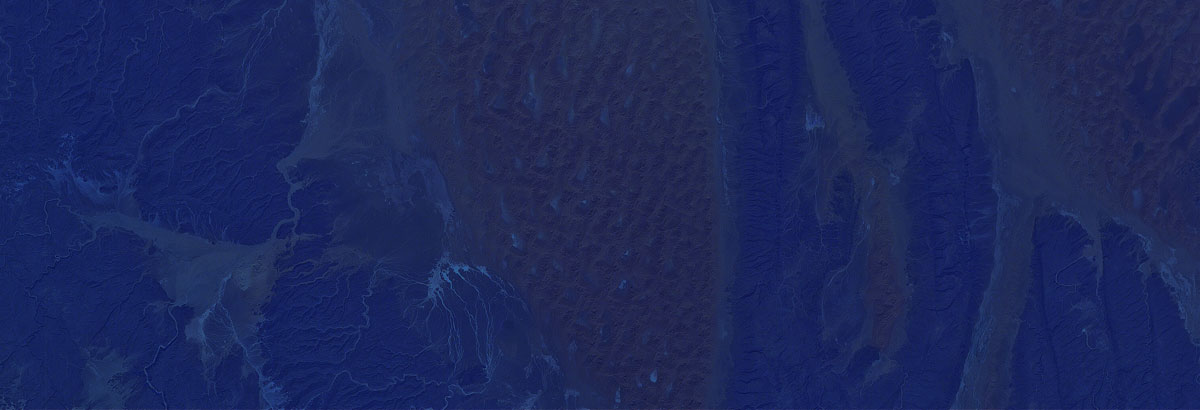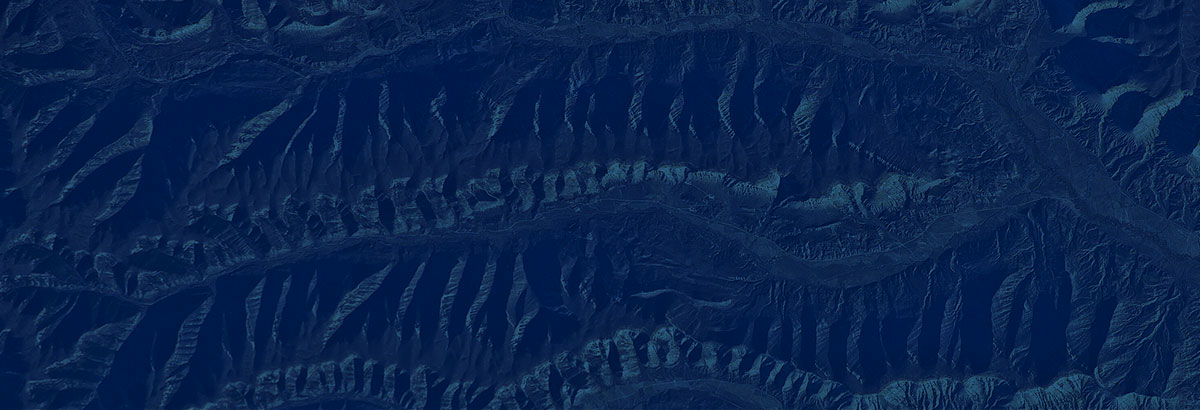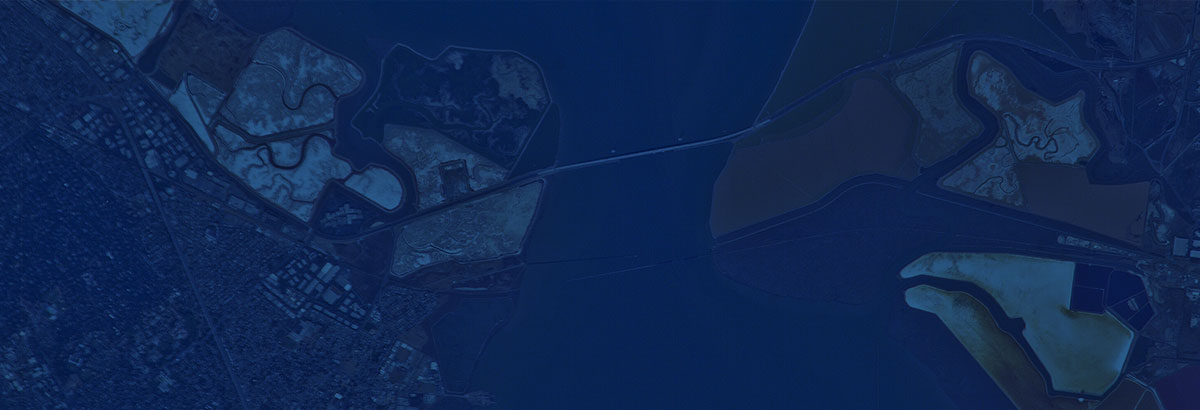Asteroid Institute Publishes New Asteroid Deflection Research
May 8, 2020
Dr. Sarah Greenstreet’s research collaboration with DIRAC Institute at the University of Washington was published in the journal Icarus.
In 2018, B612 launched the Asteroid Institute Research Fellows program in partnership with the DIRAC Institute at the University of Washington. In the two years after it launched the program, Asteroid Institute hired emerging scientists and published several papers in scientific journals highlighting new research in asteroid science.

This month, Dr. Sarah Greenstreet’s paper “Required deflection impulses as a function of time before impact for Earth-impacting asteroids” passed the final peer-review evaluation and was published in the journal Icarus. This research looks at (synthetic or “fake”) asteroids on an impact trajectory and how the amount of time prior to impact a deflection can drastically change the amount of deflection impulse required. In this study, we use the precision cloud-based asteroid orbit propagation and targeting capabilities of our Asteroid Discovery Analysis and Mapping (ADAM) platform to investigate the distribution of deflection required to divert asteroids on Earth-impacting trajectories (Chesley and Spahr, 2004) as a function of time prior to impact for 10,000 synthetic impacting asteroids. This research is important as we prepare for a significant increase in asteroid data in the next few years and will inevitably one day need to come together as a global community in an Earth-impacting asteroid deflection mission.
The Asteroid Institute is a program of B612 and is designed to be an international center of excellence for scientific collaboration on the discovery and deflection of asteroids as well as an incubator for new technologies. In addition to ADAM, current major projects within the Institute also include the use of synthetic tracking as a means of increasing the rate of asteroid discovery. A key focus of the Institute is the creation of a dynamic map of the inner solar system. The map will be a critical resource for planetary defense while contributing to our understanding of the origins of our Solar System and future space exploration.
The Asteroid Institute Research Fellows program is maintained by donations from the global community. Please donate here.
About the Image (right):
Stacked distributions of required deflection delta-v for 10, 20, 30, 40, and 50 years before impact. Impactors that experience planetary close approaches within 1 Hill sphere radius of a planet (a distance from a planet where it’s gravitational pull is stronger than the Sun’s) in the 10 years leading up to impact are shown in green, those with planetary close encounters within 1–5 Hill sphere radii of a planet are shown in orange, and those that do not experience any close encounters are shown in blue. The vertical lines on the right and left mark the median and order-of-magnitude-below-the-median delta-v values, respectively.
ABOUT DR. SARAH GREENSTREET
 Sarah is a B612 Asteroid Institute senior researcher. Her research interests include near-Earth asteroid orbital dynamics, main-belt asteroid resonances, co-orbital solar system objects, impact and crater formation rates, resonant mechanisms that create asteroids on retrograde orbits, near-Earth object population modelling, near-Earth object candidate follow-up, characterization of objects of interest to NASA and upcoming targets of radar observations, measuring the Yarkovsky effect for near-Earth asteroids, and the asteroid impact hazard threat and possible mitigation techniques. She received her PhD in 2015 from the University of British Columbia.
Sarah is a B612 Asteroid Institute senior researcher. Her research interests include near-Earth asteroid orbital dynamics, main-belt asteroid resonances, co-orbital solar system objects, impact and crater formation rates, resonant mechanisms that create asteroids on retrograde orbits, near-Earth object population modelling, near-Earth object candidate follow-up, characterization of objects of interest to NASA and upcoming targets of radar observations, measuring the Yarkovsky effect for near-Earth asteroids, and the asteroid impact hazard threat and possible mitigation techniques. She received her PhD in 2015 from the University of British Columbia.















